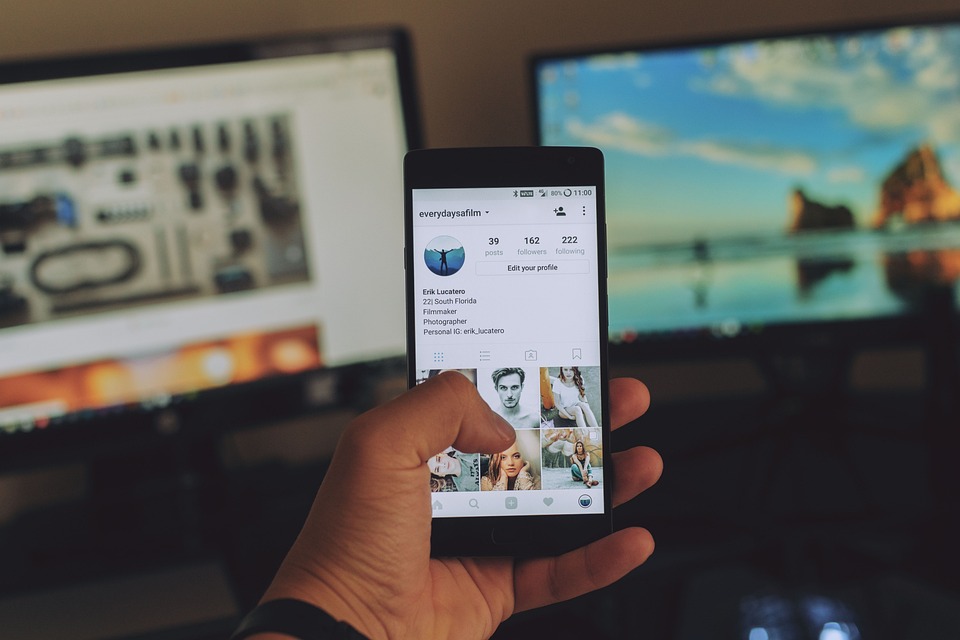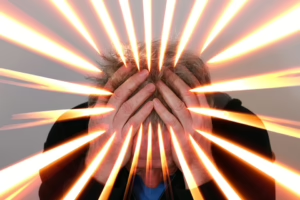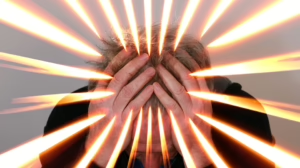The Role of Stereotypes in Social Interactions: Breaking the Cycle
In contemporary society, stereotypes play a pervasive role in shaping perceptions and interactions among individuals. These simplified and often generalized beliefs about groups of people—based on characteristics such as race, gender, age, or occupation—profoundly influence how we communicate and relate to one another. While stereotypes may sometimes seem innocuous or even humorous, they often lead to detrimental impacts, deepening prejudice and promoting discrimination. Understanding the role of stereotypes in social interactions is crucial for fostering more inclusive and effective communication.
Understanding Stereotypes
At their core, stereotypes are oversimplified beliefs regarding specific groups. They serve as mental shortcuts to help individuals navigate complex social landscapes. Unfortunately, this cognitive categorization can perpetuate biases—both conscious and unconscious—that shape perceptions and interactions. For instance, a person may uniformly apply a stereotype to all members of a minority group, overlooking individual differences and abilities.
The Psychological Underpinnings
Stereotypes are deeply rooted in cognitive psychology. Humans have an inherent inclination to categorize information, a survival instinct that helps us make sense of our world. This categorization, however, can lead to cognitive shortcuts that simplify human interactions but can also introduce inaccuracies and biases. When individuals are categorized based on stereotypes, they are often reduced to mere caricatures, resulting in missed opportunities to appreciate their unique attributes.
The Impact on Social Interactions
The presence of stereotypes in social interactions can take on various forms:
1. Prejudice and Discrimination
Stereotypes can fuel prejudiced attitudes and discriminatory behaviors, leading to social exclusion. When individuals perceive others through the lens of stereotypes, they may overlook individual merit and unique qualities, thereby limiting opportunities for authentic connection. For instance, a hiring manager might unconsciously favor candidates from a particular demographic, dismissing highly qualified individuals simply because they do not fit a preconceived mold.
2. Self-Fulfilling Prophecies
Stereotypes can create self-fulfilling prophecies, wherein individuals internalize societal expectations. For example, women often face stereotypes that portray them as less competent in leadership roles. While research shows that women are equally capable leaders, these ingrained perceptions can diminish their self-confidence and impact their career choices. As a result, the stereotype persists, reinforcing biases in social structures.
3. Communication Barriers
Stereotypes can create substantial barriers to effective communication. Assumptions based on stereotypes often lead to misunderstandings and conflicts. For example, if an individual assumes that a member of a particular cultural group is unfriendly based on preconceived stereotypes, they may avoid interaction altogether, denying themselves the enriching opportunity for meaningful exchanges. This lack of engagement can perpetuate a cycle of misunderstanding and division.
Breaking the Cycle of Stereotypes
To create a more inclusive society, it is essential to actively work toward dismantling stereotypes. Here are practical strategies to break this cycle:
1. Increasing Awareness
Recognizing our own biases is the first step in overcoming stereotypes. Individuals should engage in self-reflection to understand their preconceived notions about different groups. Educating oneself about various cultures, norms, and perspectives fosters empathy and enhances social interactions. Programs promoting diversity training can serve as catalysts for this awareness, enabling participants to confront their biases constructively.
2. Promoting Diverse Narratives
Encouraging narratives that showcase diverse experiences is vital for challenging stereotypes. Media, literature, and art play a crucial role in broadening perspectives. For instance, films that depict authentic stories of marginalized communities can help to humanize individuals, counteracting generalized representations that may exist. By amplifying the voices of those from various backgrounds, we disrupt prevailing stereotypes and celebrate the richness of diversity.
3. Fostering Open Dialogue
Creating spaces for open dialogue is essential for discussing stereotypes and their effects. When individuals engage in conversations that allow for vulnerability and honesty, they can share their stories and experiences. These conversations foster understanding and connection, promoting healthy dialogue about the consequences of stereotypes. Organizations can facilitate workshops or discussion groups where participants feel safe to engage and learn from one another.
4. Challenging Stereotypes in Real-Time
When witnessing stereotypical remarks or actions, speaking up can make a significant difference. Challenging these behaviors not only raises awareness but also fosters a culture of accountability. By supporting those who are marginalized and advocating for change in social settings, individuals can help cultivate environments that value diversity and individuality. It takes courage to confront stereotypes, but doing so can empower others to follow suit.
The Role of Education
Education plays a pivotal role in breaking the cycle of stereotypes. By integrating discussions about stereotypes, biases, and diversity into curricula, educators can equip students with the tools to recognize and combat stereotypes from a young age. Programs that involve experiential learning, in which students engage with diverse communities, can further enhance their understanding and empathy toward others.
Moreover, critical thinking exercises can challenge students to analyze the origins and implications of stereotypes. This approach encourages individuals to view others as complex beings rather than generalized assumptions. Teaching young people to appreciate individuality cultivates a future wherein stereotypes hold less power over social interactions.
Conclusion
Despite their ingrained presence in social interactions, stereotypes need not define them. By increasing awareness, promoting diverse narratives, fostering open dialogue, and challenging stereotypes in real-time, individuals can actively contribute to breaking the cycle. A commitment to understanding and embracing diversity enriches our interactions and helps in building a more inclusive society. The journey toward change begins with each one of us, allowing for a future where stereotypes yield to understanding and appreciation.
Creating a world free from the constraints of stereotypes requires dedication and intentionality. By nurturing empathy and promoting conversations that celebrate diversity, we can forge human connections that transcend generalized beliefs. Together, we can move toward a society that values the richness of varying perspectives, allowing both individuals and communities to thrive.
In summary, acknowledging the role of stereotypes in social interactions is crucial for fostering inclusivity. By consciously challenging these beliefs and embracing a more nuanced understanding of one another, we can pave the way for a future built on mutual respect and appreciation.


























Add Comment